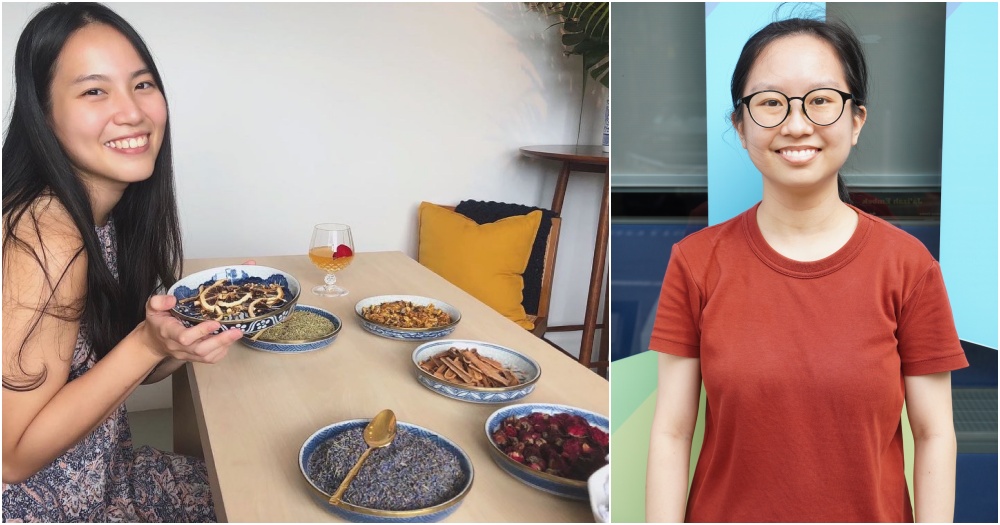People often think of volunteering as a one-way street— there’s one person giving (the volunteer) and another person receiving (the beneficiary).
But Chua Si Ying, a 23-year-old Singaporean volunteer with Rainbow Centre, disagrees.
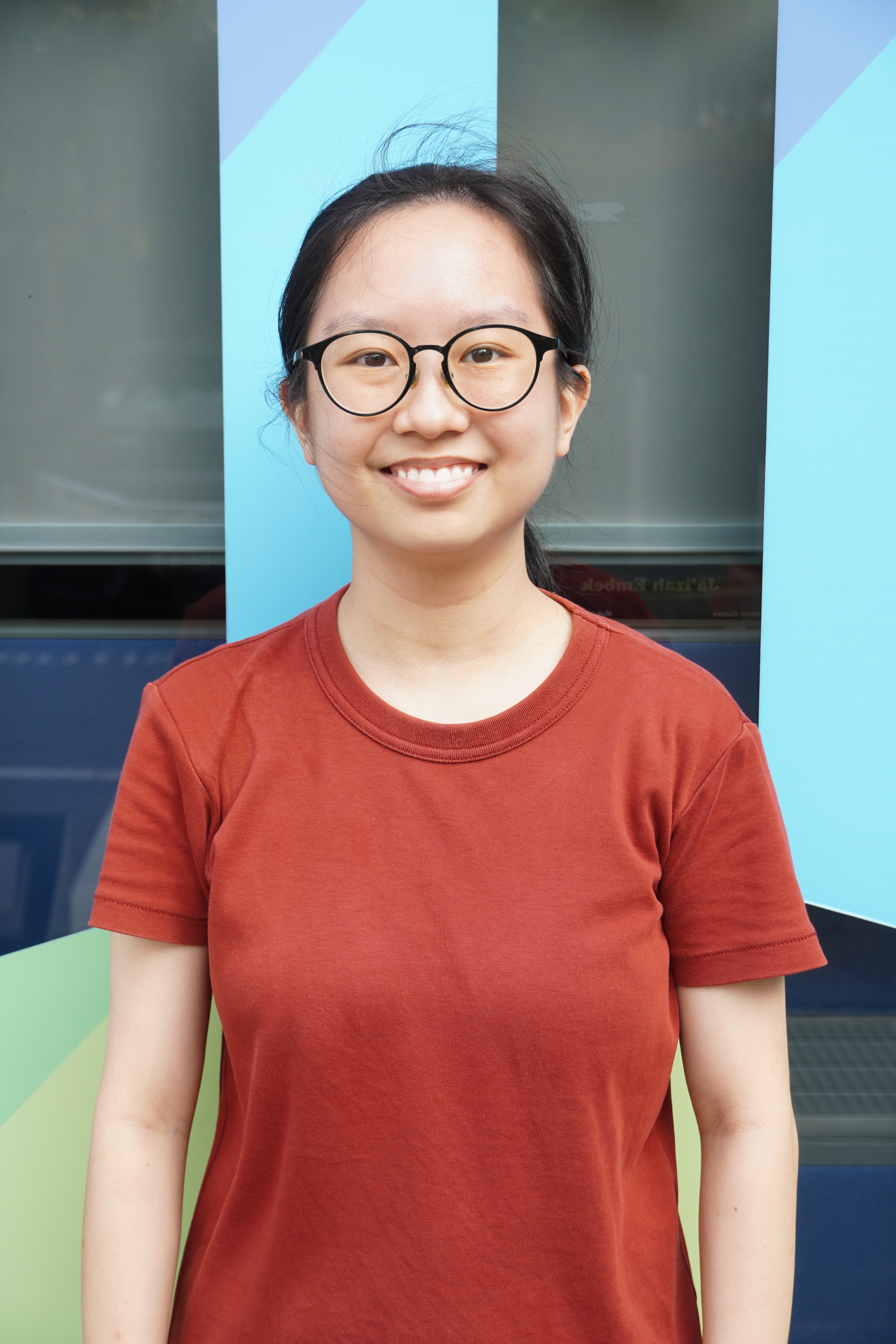 Image courtesy of Chua Si Ying.
Image courtesy of Chua Si Ying.
Speaking to Mothership, Chua said that volunteering “should be viewed as a two-way street”.
“I’ve always felt that if anything, I’m the one on the receiving end,” she said.
“When you are giving, you are receiving much more in return, even if it may not seem apparent.”
Befriending students with disabilities
Chua, who works full-time as a Research Assistant, has been a volunteer with Rainbow Centre since July 2018.
Rainbow Centre is a social service agency that operates three special education schools for children and youths with autism and multiple disabilities.
She has explored various volunteering roles at Rainbow Centre, from being a classroom support volunteer at its Margaret Drive campus, to a ‘Good Life Befriender’ to a youth with disability, and is currently volunteering with the Young Adult Activities! (YAA!) activity club.
"Volunteering is something that injects meaning into my life and reminds me of why I do what I do. I’ve had lots of fond memories with many of the people I’ve worked with in this community - teachers, students, befrienders, coordinators alike. They have really inspired me to want to do more for this group of people that I care so much about."
Juggling a full-time job with volunteering
While having a full-time job and volunteering responsibilities may be tough, Chua explained that she would organise her schedule carefully.
“Volunteering is something that is important to me. It brings me a different perspective and gives me the chance to better understand what other people are like and what their needs are.
If I set time aside for [volunteering], I will want to be able to prioritise that and not have to forgo it easily.”
Another Singaporean Cady Tay, 25, would be able to relate to this.
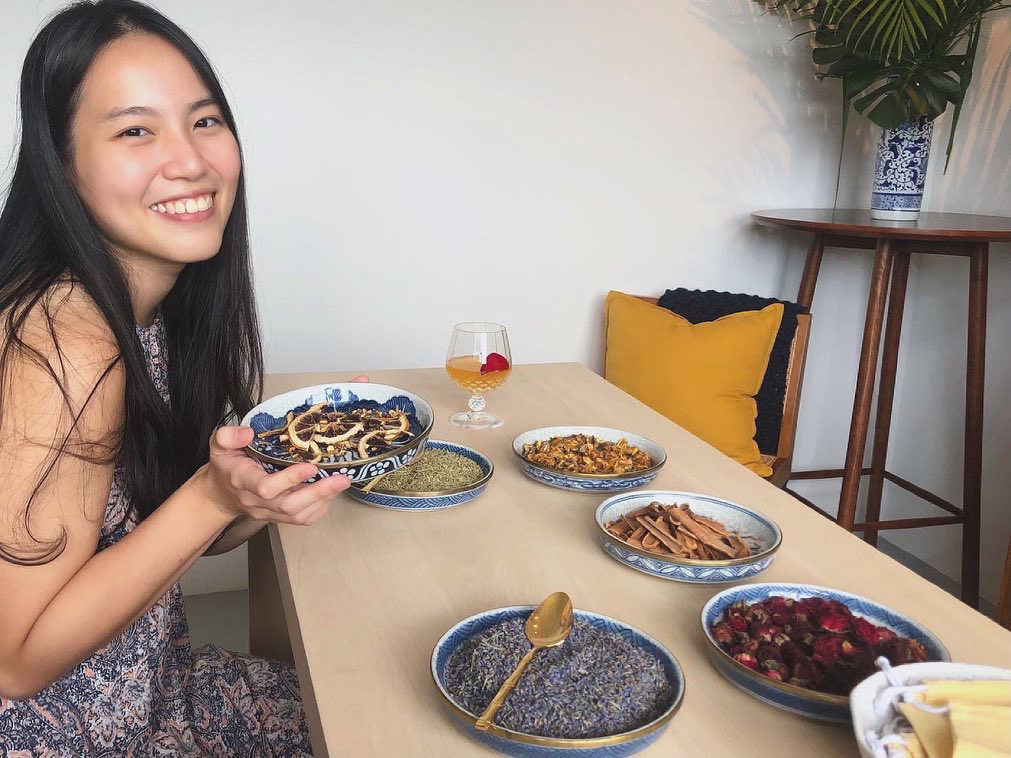 Image courtesy of Cady Tay.
Image courtesy of Cady Tay.
Tay, who works full-time as a Speech Therapist, has been an active volunteer of MINDS MYG for seven years now.
MINDS MYG is the subsidiary voluntary wing of Movement for the Intellectually Disabled of Singapore (MINDS).
Tay told Mothership that it has been especially difficult to juggle her full-time and volunteering responsibilities in the midst of the Covid-19 pandemic.
However, she added that she’s lucky to have friends she can lean on as a support system.
Tay also said once she meets her beneficiaries, she would “forget all [her] troubles”.
How they started
As passionate and dedicated both these youths are towards their volunteering work, they each started their journey differently.
Chua said she first began volunteering as an undergraduate student to “inject more meaning” to her otherwise “mundane school life”.
She added that she wasn’t particularly inspired by anyone or anything. She mostly volunteered for ad hoc or event-based programmes.
But the Paralympic Games in 2016 was a turning point for Chua.
“That was how I started noticing people with disabilities, and I wanted to better understand them… At that point in time, I viewed disabilities very broadly, and did not have much knowledge of people with special needs or invisible disabilities.”
She also began searching for volunteering commitments that were more regular and consistent.
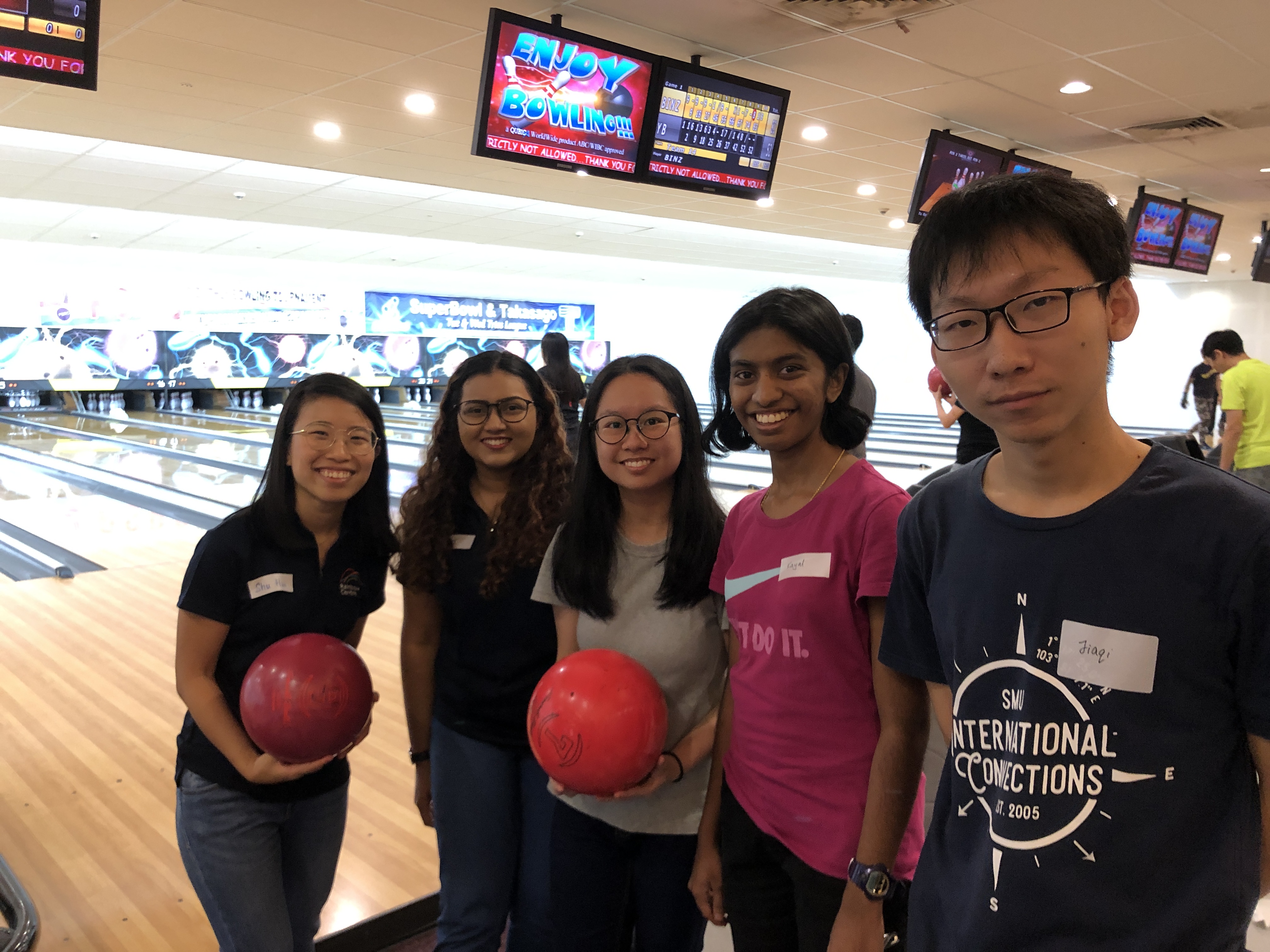 Image courtesy of Chua Si Ying.
Image courtesy of Chua Si Ying.
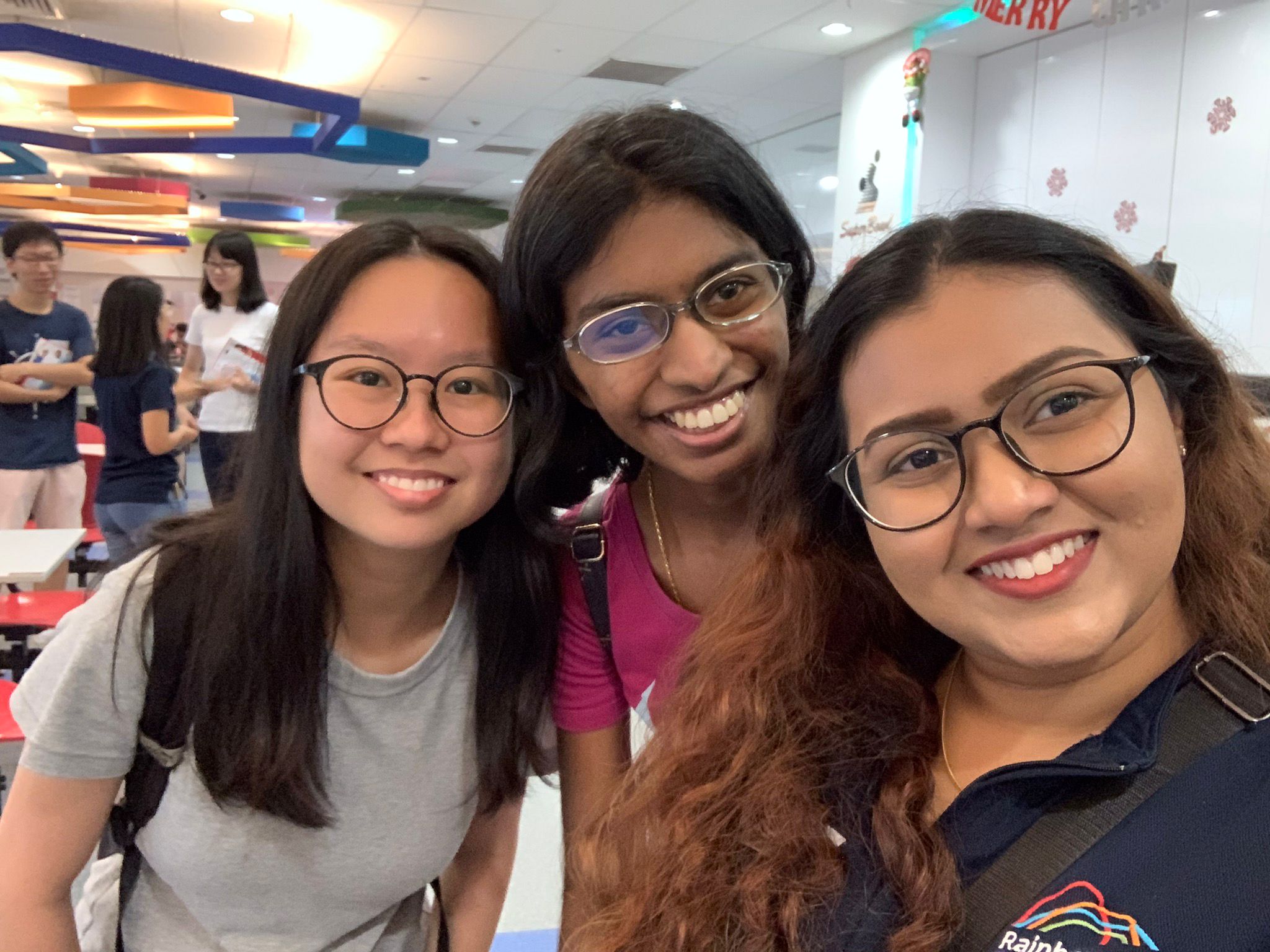 Image courtesy of Chua Si Ying.
Image courtesy of Chua Si Ying.
“I felt it is important to really understand the community that I’m serving, to not just ‘touch and go’ but to have a more lasting impact,” she explained.
While Chua took some time to discover her true calling in the volunteering world, Tay found herself immediately “addicted” to volunteering when she first started.
She was in Secondary 1 when she had to undergo a compulsory class Community Involvement Project (CIP).
“We brought some elderly to our school to perform songs for them while spending time with them. It brought me a sort of happiness that I wasn’t very familiar with— one that felt warm, fulfilling, and loving,” Tay said.
Prior to her role in MINDS, Tay took up various volunteering work with different organisations.
“If you could make other people smile, why would you stop? As such, I never really stopped volunteering ever since I had a taste of my first volunteering session,” she said.
“Cady Jie Jie”
Tay is currently a chairperson for MINDS’ Guillemard Project (Guilly). She plans and ensures the weekly volunteering sessions run smoothly.
Despite her leadership role, she has already established a close bond with the beneficiaries over the years.
“They are still very happy to meet me… They usually just call me ‘Cady Jie Jie’ and we exchange happy greetings to show our delight at being able to see each other again.”
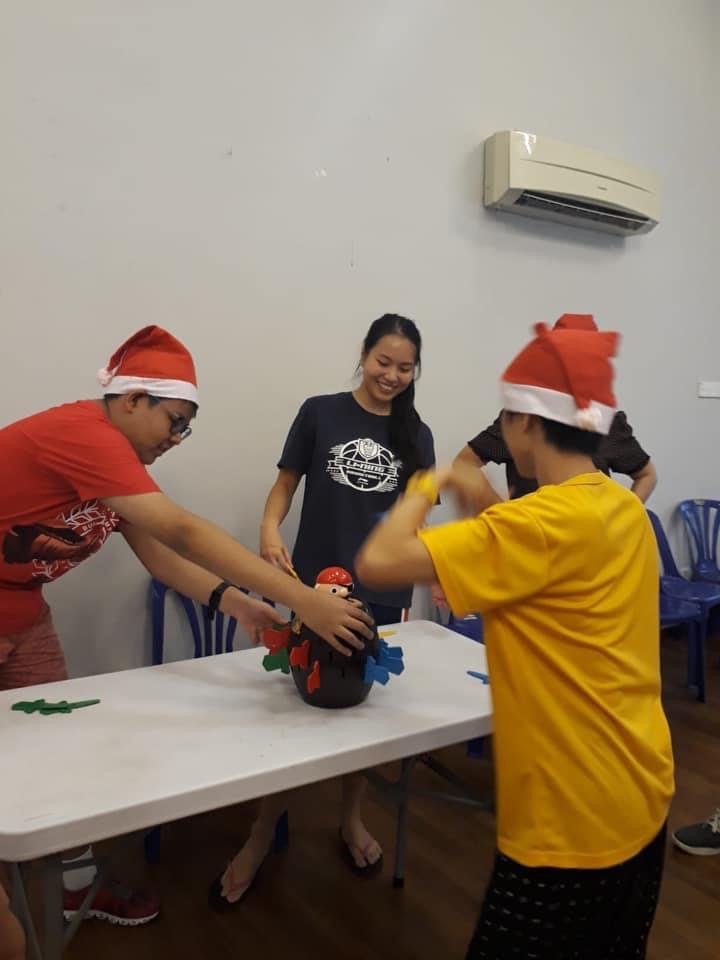 Image courtesy of Cady Tay.
Image courtesy of Cady Tay.
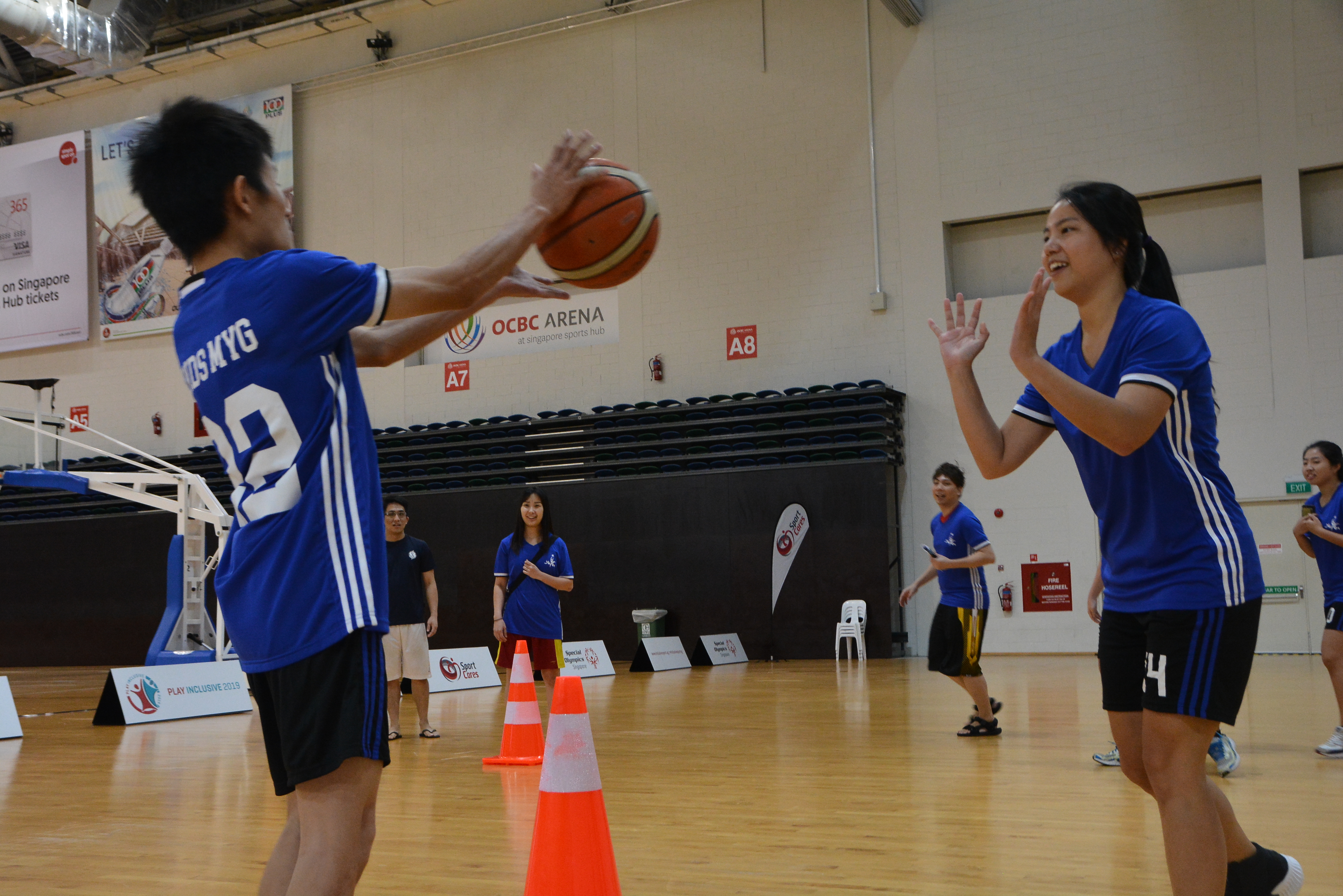 Image courtesy of Cady Tay.
Image courtesy of Cady Tay.
One of the beneficiaries Tay met was an elderly lady who expresses herself with gestures, touch, facial expressions, and sounds.
According to Tay, she would make sounds like “boing”, “uh-oh”, and “bang bang”.
“Interacting with her is always so fun as you think of many creative ways to communicate with her. However, it can be challenging sometimes, when you can’t explain something to her,” said Tay.
And volunteering has its many challenges, particularly when it comes to communicating with the beneficiaries.
Challenges of volunteering
Chua told Mothership that she mostly works with students with autism spectrum disorder.
According to Chua, most of them do not initiate interactions and thus, she would have to actively reach out to them, engage them and build up rapport and bond.
“It was not the easiest thing for me to initiate because I, too, take some time to warm up to. Over the years, I have gotten better at it, taking the step out of my comfort zone, to reach out and to initiate interactions. I’ve also grown to understand that that’s precisely my purpose of being there: because they face barriers in communication, we are there to facilitate, to reach out and to be the bridge.”
But these challenges are nothing compared to the benefits and joys of volunteering, and both Chua and Tay can attest to this.
Chua said:
“Volunteering has definitely broadened my horizon, and opened my eyes to other communities that I had never imagined before. It renewed the way I view people and situations, and has definitely shaped me as a person, to be kinder with my words and actions, and to be less judgemental and more understanding when I see something that may seem peculiar to my eyes.”
How you can help
Meanwhile, Tay encouraged others to try volunteering for a good cause once in a while.
“Doing something that you personally find meaningful will give your life so much more meaning. You can go with a friend so it isn’t so intimidating or scary your first time.”
And the act of giving doesn’t necessarily have to mean volunteering.
You can help those in need through making donations, providing welfare and good will, as well as using your talents and your voice to make a difference.
Like Community Chest — a local fundraiser.
It needs to raise over S$50 million to fund more than 100 social service agencies and 200 critical programmes in Singapore every year.
These programmes support over 41,000 service users, including children with special needs and youths-at-risk, adults with disabilities, persons with mental health conditions, and families and seniors in need of assistance.
As part of the latest ‘We Are The Generation’ campaign, Community Chest appreciates the younger generation for not being afraid to show their conviction to do good for the society and the communities in need.
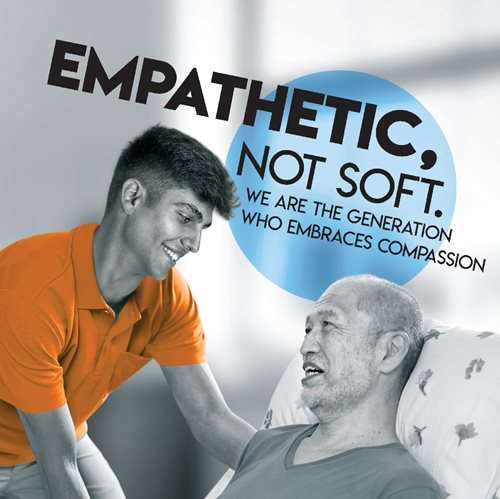
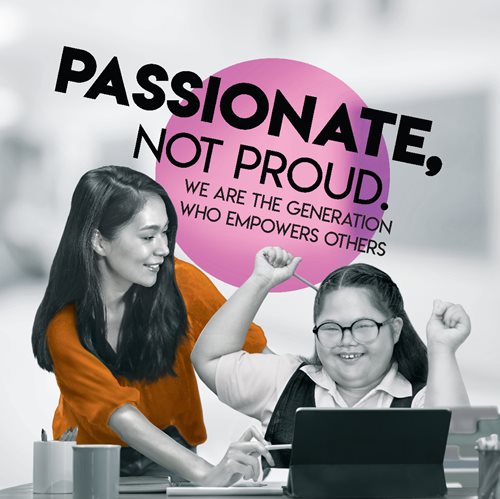
If you want to know how you can lend a helping hand, check out Community Chest.
Top images courtesy of Chua Si Ying & Cady Tay.
This article is sponsored by Community Chest.
If you like what you read, follow us on Facebook, Instagram, Twitter and Telegram to get the latest updates.
